20th December 2007
 Monday, December 24, 2007 at 08:33AM
Monday, December 24, 2007 at 08:33AM
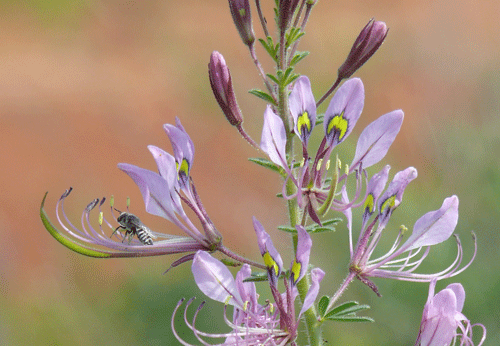
This has to be one of the most amazing flowers I’ve ever seen. It’s common around here and has burst into blossom all over the place, but that takes nothing away from the fact that it is truly extraordinary. Why would a flower have eyes like these? Is it to attract the bees? (There were bees feeding on the flower I photographed.)

Mtito Andei (click to enlarge)

Our local town...
We drove up to Mtito Andei today – this is our closest town, and is an hour’s drive from home. The contrast between Kulafumbi and Mtito Andei is probably as stark as the contrast between Mtito Andei and Nairobi – for the latter is a modern city, with skyscrapers and cafes, cinemas and shopping malls, while the former is…well, the photos [coming soon!] speak for themselves, I think!
The road to Mtito (as we call is) is a small dirt track the whole way, which skirts tiny homesteads and small villages, and is as much – if not more – a thoroughfare for cows and goats as it is for cars. There are a lot of bicycles too – sadly, many of them carrying sacks of charcoal – the indigenous trees of this area, reduced to smoky black clods of cooking fuel. (The “charcoal problem” is one of the most pressing environmental issues in Kenya today. Without an affordable, alternative fuel source, the trees of this country are being destroyed for charcoal at an alarming rate. Needless to say, the clear cutting of forest and bushland throughout Africa is having a devastating effect on both people [the very ones who, without alternatives, are doing the felling] and the global climate: without the trees, the land becomes barren, infertile and drier and drier – unable to sustain food crops, and contributing in no small measure to global warming.)
Along the way to Mtito we saw an astonishing array of flowers – many of which we’ve also seen at our place: big bunches of lilac blue blossoms, which several Hawk Moths were feeding on (the flowers were more blue in reality than they look in the photos – we brought a couple of plants back and re-planted them in plant-bags, to see whether it might be possible to transfer some to our balcony gardens), tiny orange-yellow beauties, and even the little white flowers on the “weeds” growing in the road had a delicate beauty all their own. The Terminalia pods are turning redder and redder, the more they dry out – the sight of them amongst the greenery is always one of the most striking sights in the bushland.
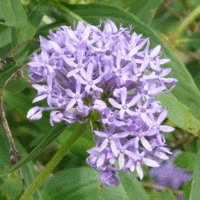
Lilac-blue Flowers (click any image to enlarge)
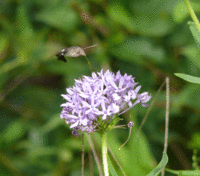
Hawk Moth feeds on blue flower
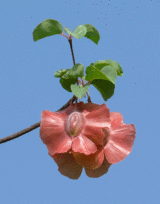
Terminalia pods
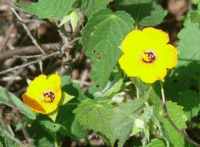
Sunshine-yellow flowers
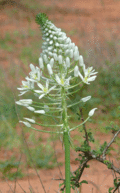
Pyramid Lily...
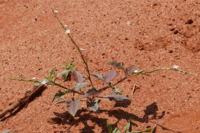
White road "weed" flowers
Yellow Gloriosa Lilies were blossoming in several places. The red variety of this flower is more often seen, but the yellow is no less striking: yellow suns dancing on tall elegant stems…
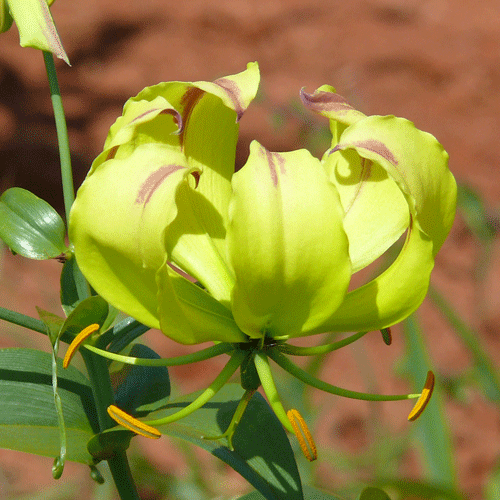
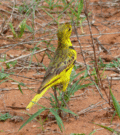
Click to enlarge
The Golden Pipit is a new bird for our list: it’s not often you get the chance to see this bird sitting still long enough to photograph it: normally you just see flashes of bright yellow as it flits before the car.

Click to enlarge
The grass is seeding and providing food for a host of animals, large and small. This troop of baboons paid no attention to us at all, feeding leisurely on this open patch of grassland, the great green Yatta rising up behind…
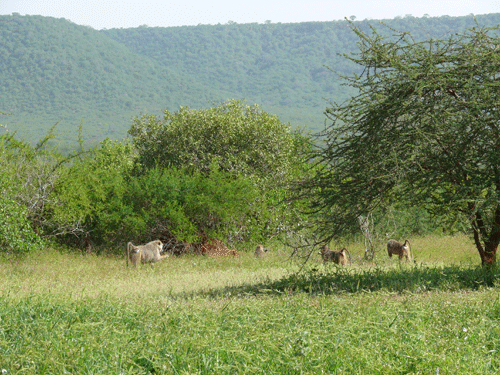
 Tanya
Tanya
I forgot to tell you about the Terminalia log in our garden which have started sending out tiny new shoots. These trees (like the Baobabs) are amazing, as they will grow again, just from a cut branch lying on the ground. I presume the log has spent the rainy season sending down new roots, and now that they are established, it is able to start sprouting new leaves too - success!






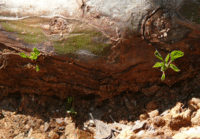

Reader Comments (2)
I love the golden pipit! Great journal, and hugel informative.
Hi - thanks for your nice comments...I agree, the Pipit is a special bird - its yellow colour is so intense and vivid. We were lucky this one sat on the ground long enough to get a close shot of it - normally, as I said in my diary entry, the Pipits flit in front of the car - a flash of sunshine-yellow, and then they're gone.